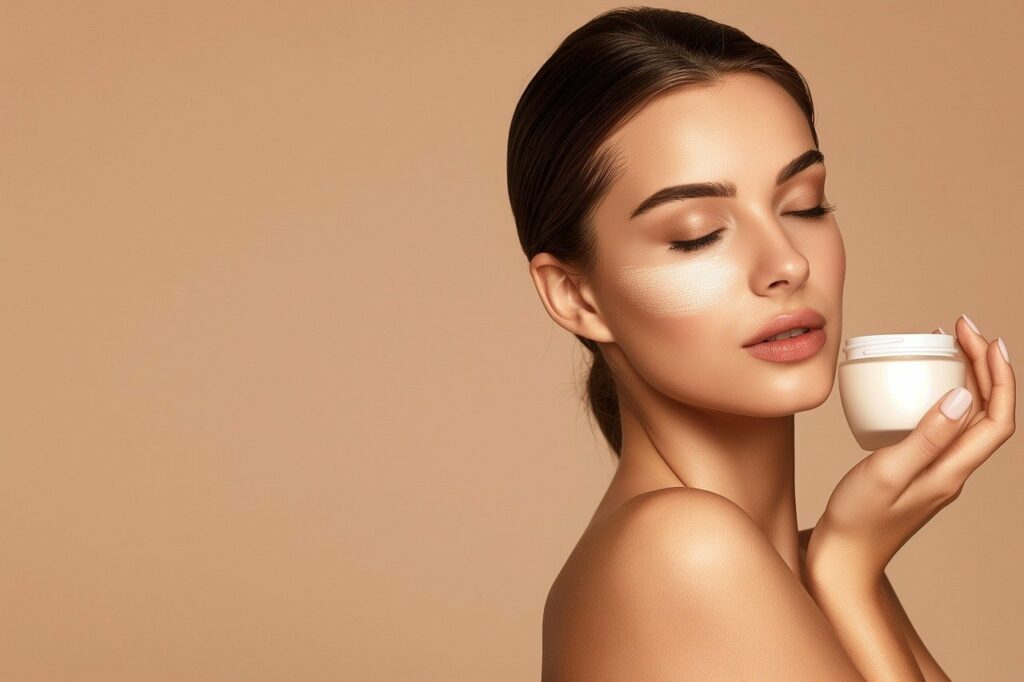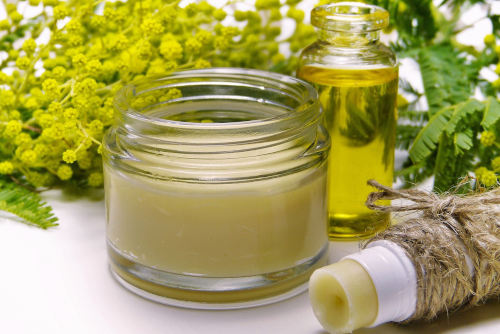Aesthetically pleasing skin that is also in good condition – This is the standard that has given rise to many, even semi-forever running, skin care lines, all vying with each other however, still not giving up hope. Yet, is there such a place where sales and research are so well done that a mundane subject has remained drier than frizzle? If one mentioned such a company, it would be Environ Skin Care.
Let’s Get Started!
Besides the booming of biomedical sciences, in 1990, cosmetic surgeons and Dr. Des Fernandes founded Environ Skin Care. Environ, from the very beginning occupied, one may say, formulated a rather aggressive marketing approach in support of scientific vanity.

The Environ Philosophy: Beautiful Science
The critical component of Environ’s success is ‘beautiful science.’ This strategy focuses on the provision of knowledge on the anatomy of the skin and the application of functional ingredients. For instance, having a deep understanding of skin biology, Dr. Fernandes appreciated the significance of some essential elements, such as vitamin A and its vitamins, in maintaining the skin and fighting age signs.
The Skin: A Living Organ
Let us now explore how unique skin creams in general and specific skin creams in particular vary. However, we should first commend one essential aspect of our bodies: the skin.
The Three Primary Layers of Skin are as follows:
- The Epidermis – This represents the outermost portion of the skin, which can provide a waterproof barrier and a coloration to the skin. There is a biological balance between destruction and replenishment, called cell turnover, which entails shedding off old cells and producing new ones.
- The Dermis: The dermis, as mentioned, forms the second layer of the skin composed of tough fibrous connective tissue, hair roots, & sweat pores. Moreover, the dermis has supportive connective tissue protein, sometimes called collagen, and the flexible protein – elastin.
- The Hypodermis – Mostly known as an excisional tissue, the hypodermic is the deepest layer of the skin that consists mainly of layers of fat underneath the skin intended to keep the body insulated and protected from shock.
The Aging Process And External Elements Leading To Damage
With advancing age can come changes in a person’s skin. As we age, the production of collagen and elastin is diminished, contributing to fine lines, wrinkles, and saggy skin. Studies have pointed out that about 80% of such visible aging changes are attributable to external factors, hence the need to take care of and protect the skin from the external environment.
Vitamin A: The Pillar of Healthy Skin
When it comes to skin-care ingredients, few, if any, have as much scientific proof as vitamin A does. Vitamin A substance is an active constituent for cell-to-cell communication and hence controls the activity of skin cells. Its effect on the skin has been studied for decades and proved by numerous clinical studies, namely:
1. Encouraging the Production of Collagen
Boosting Collagen Synthesis: Collagen is the most abundant of all epidermis proteins due to its support and elasticity to the skin. Studies have reported that retinoids for skin application can stimulate collagen production by 80% at times.
2. Increase in Cell Turnover
The use of vitamin A accelerates the skin renewal process, as old worn-out cells are shed and a space is created for the deposition of new, healthy cells at an increased rate. The application of retinol has been proven through clinical studies to increase the qualitative texture of the skin by 36% after a treatment period of 12 weeks or less.
3. Overproduction of Sebaceous Glands
Sebum is a viscous oily excretion of the oil glands. Vitamin A topical application suppresses sebum secretion and thus helps prevent acne by preventing skin pore occlusion. Post-treatment with topical retinoids, the number of acne lesions in the treated patients, has shown a decrease of – 80% of the lesions.
4. Hyperpigmentation Decrease
Hyperpigmentation is usually referred to as appearing skin discoloration i.e. dark patches or spots within the skin due to excessive sun exposure, hormonal or inflammatory changes, and disorders. In this context, Vitamin A has a major effect in eradicating excessive pigmentation by encouraging the remodeling of tissues and decreasing the synthesis of melanin responsible for skin color.
The Importance of Gradual Introduction
Vitamin A has several advantages, but it is essential to use it slowly in daily practice, particularly if the user has a sensitive skin type. In this case, advice is given to protect a consumer’s skin from high doses of Vitamin A which fortifies the skin. After high doses, the skin will initially experience redness, dryness, and peeling.
Skin care systems use a Step-Up System to avoid heightened skin sensitivity that normally comes with unpleasant skin aches due to high skin medication. Step-up systems help to alleviate the issues by starting from a low concentration and gradually increasing applicative potency over time.

Beyond Vitamin A: The Supporting Cast
There are also ingredients outside Vitamin A and studies that have shown to promote skin and skin tone beyond these:
1. Antioxidants
They are compounds such as Vitamin C, Vitamin E, green tea extract, et cetera which eliminate free radicals, which are the aggressive molecules formed due to the sun, pollution, and other agents. Anti-aging and protection of tissues of skin cells from damage are great free radicals.
2. Peptides
These too are made of a few amino acids and increase the production of collagen, resulting in firm and elastic skin. As Nicholas argues, certain age-related findings about fine lines/wrinkles have come because peptides make the skin appear younger.
3. Hyaluronic Acid
This is very useful in ensuring the skin remains hydrated to avoid cracking and gives the skin tenacity. In-house studies that have been done on hyaluronic acid indicate that this ingredient can retain up to 1000 times its weight in water, which is the reason why it is easy to combat dry and thirsty skin and its associated problems.

Conclusion
Skincare is a process of taking care of oneself and more knowledge about the products used is very helpful in making skin rational decisions. You restore the skin’s health by regularly using important products such as creams containing Vitamin A and other active ingredients. Healthy skin, after all, is not a destination, but a journey.








